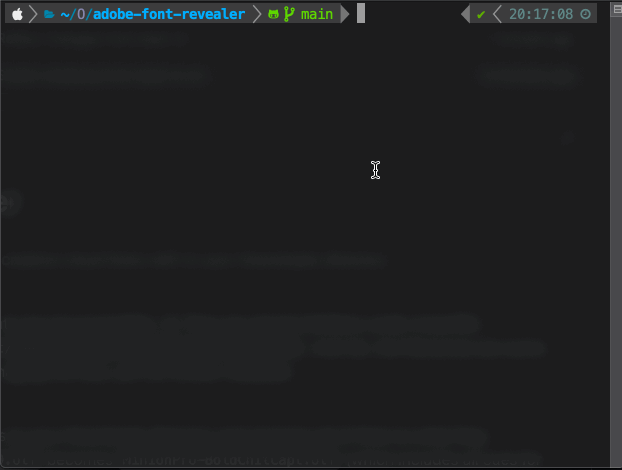When a font is activated through Adobe Fonts, where does it get stored on my computer?
And why doesn't it show up in Font Book?
Background: I recently ran into a situation where I was trying to verify that my CSS @font-family tags were working correctly. I opened Font Book to verify that I did NOT have the font already installed, then proceeded to open my HTML file in Chrome. Everything looked great! But it turned out that I DID have the font installed via Adobe Fonts. So my test was invalid and unfortunately my tags were not setup correctly.

